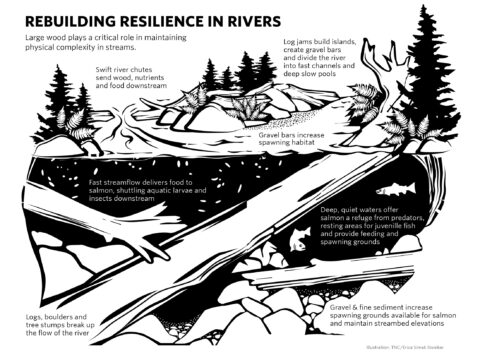
By OBJ
The perfect habitat for salmon is plants that run along the water’s edge, and overhanging branches to keep them cool. As well as debris and fallen trees to boost the intricacy of the water channel. Wood, rocks, pools, riffles, as well as clean gravel for spawning are all key to having the perfect habitat for salmon.
https://www.calsalmon.org/sites/default/files/Good_Habitat_Bad_Habitat.pdf

By OBJ
Salmon in Bowker creek used to and could possibly swim upstream from the ocean.
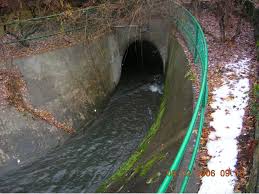
By OBJ
Salmon require much cleaner water that is present in Bowker creek. The storm drain runoff isn't just too dirty it also isn't deep enough for salmon to live in. Runoff from storm drains can contain nitrogen and phosphorus pollutants from fertilizers and yard waste. Which will drastically affect the salmon habitat.
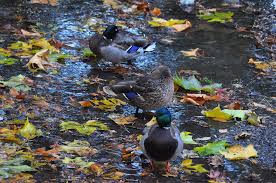
By OBJ
I do not think salmon will have a major impact on the existing animal life in Bowker Creek. There are not any other animals that have a similar diet as salmon. Salmon may be a disturbance to the ducks. But I do not think there would be a significant difference.
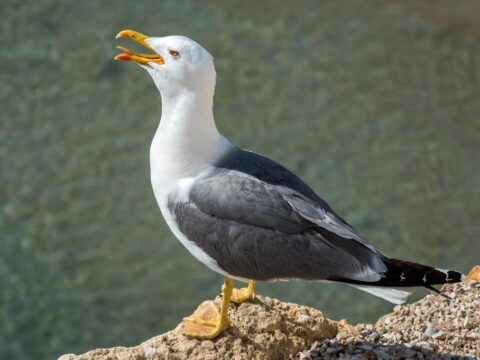
By OBJ
Some predators at Bowker creek that may affect salmon life is seagulls. Seagulls are not very common predators towards salmon, but will eat salmon eggs. Salmons skin is very tough, making it difficult for seagulls to eat them. Eagles are also a threat towards possible salmon life at Bowker Creek.

By OB-K K
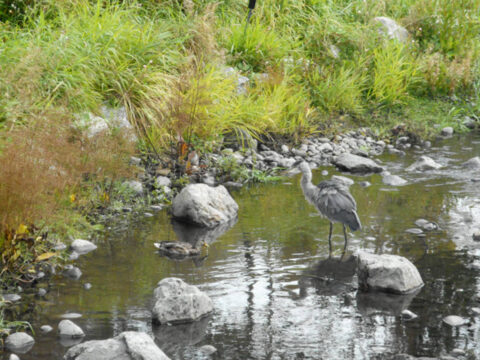
By OB E
Bowker Creek has been a very important ecosystem to our community because it is home to many animals and species, such as birds, ducks, insects, and many native plants. Bowker Creek spans more than ten kilometres.
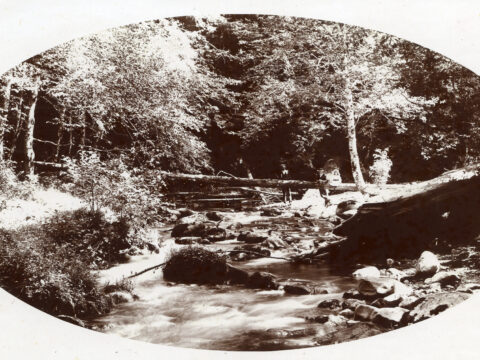
By OB E
Bowker Creek used to meander through forests and meadows releasing into the ocean in Oak Bay. Salmon spawned in Bowker Creek and food, water, and transportation was provided for the First Nations. Unfortunately, due to urban development in the 1900s, the creek was turned into a landfill, and later on the creek was excavated and enclosed to prevent the risk of flooding. This has had a major impact on global warming and climate change.
